Electrochoc
The Electrochoc concert series, presented jointly by the Conservatoire de musique de Montréal and Akousma ,
is a series of concert-discussions that introduces audiences to different aspects of electroacoustic music. The concerts also showcase the talent and creativity of the students invited by Martin Bédard and Louis Dufort (the series’ two artistic directors) from their composition classes.2023-2024 Season
Bernard Parmegiani (Yves Daoust) — 21/09/2023
SOUNDWICH XVII— 02/11/2023
Roger Tellier-Craig— 07/12/2023
Theresa Transistor — 25/01/2024
SOUNDWICH XVIII— 22/02/2024
Estelle Schorpp —14/03/2024
Bernard Parmegiani (Yves Daoust) — 21/09/2023
SOUNDWICH XVII— 02/11/2023
Roger Tellier-Craig— 07/12/2023
Theresa Transistor — 25/01/2024
SOUNDWICH XVIII— 22/02/2024
Estelle Schorpp —14/03/2024

March 14, 2024
ÉLECTROCHOC NO. 4
Estelle Schorpp
7:30pm Conference / 8pm ConcertIn collaboration with the Conservatoire de musique de Montréal
4750, Av. Henri-Juilien
Estelle Schorpp is a Montreal-based sound artist, composer and researcher. She holds a master’s degree from École Nationale Supérieure des Beaux-Arts de Paris. She also graduated from Université de Montréal with a master’s degree in Sound Creation and Composition during which she wrote a thesis entitled “Sonic interactive environments: an ecosystemic approach” and explored the potential of algorithmic systems through interactive sound installation.
She uses the tools and methods of research-creation to set up projects that take a critical and creative look at our relationship with the sound and media environment. Integrating concepts from disciplines such as sound studies, media theory, history of science, philosophy, acoustics and psychoacoustics, her polymorphous approach combines performance, sound installation and algorithmic composition, as well as academic communication and the writing of scientific articles.
She teaches at the Music Faculty of Université de Montréal (CA).
Her work has been presented in festivals such as La Biennale di Venezia (IT), Ars Electronica (AT), MUTEK (MX, CA, AR, JP), Akousma (CA), FIMAV (CA), Le Mans Sonore (FR), Exhibitronic (FR, DE), MuTeFest (FI) and in group exhibitions at the Centre d'Exposition de l'Université de Montréal (CA), Palais des Beaux-Arts de Paris (FR) and Exhibition Laboratory (FI). Her researches have been presented in several symposiums at ISEA22 (SP), CIRMMT (CA), Université de Montréal (CA) and EHESS (FR) and she has published articles as main author or co-author in Organised Sound, eContact! and Cahiers Louis Lumière. In 2016 she received the first Exhibitronic award for her electroacoustic composition Bagdad 9ème siècle. She is the recipient of several research-creation grants.

Photo © Laurence Bissonnette
Program
Microscopic Dance (2018) 1’53
Electroacoustic composition
Microscopic Dance was made with a tuning fork, a piezo mic and feedback from a delay pedal. It is a short minimalist interlude inspired by Bernard Parmegiani‘s ‘Incidences/Résonances’ , from his series De Natura Sonorum.
Maneki-Neko (2019) 5’00
Electroacoustic composition
The Maneki Neko (the inviting cat) is a spirit of fortune and happiness in Japanese tradition. In Maneki-Neko I play with different patterns of bounces, suspensions and playful rhythms. These motifs follow one another quickly and linearly at the beginning, evolving towards a more fragmented writing at the end. In an artificial and dreamlike universe, this music attempts to be as agile, joyful and mocking as a jumping cat.
Maryanne inside my ears (2024) 35’00
Algorithmic Music Performance
Maryanne inside my ears is a tribute to the work of American sound artist and composer Maryanne Amacher. Several aspects of Amacher's work are highlighted: work on amplitude dynamics, a temporal structure inspired by sound walks, but above all her musical explorations of otoacoustic emissions by distortion products. These are sounds produced by the inner ear when stimulated by two pure tones whose frequencies are close to each other, usually between 1000 Hz and 4000 Hz, at a certain amplitude. In response, the inner ear produces harmonic artifacts, which result in a buzzing effect in the ear canal. Playing with different scales of perception, sometimes making the inner ear, the body or space resonate, the performance offers a very physical and sensational sound experience.
Microscopic Dance (2018) 1’53
Electroacoustic composition
Microscopic Dance was made with a tuning fork, a piezo mic and feedback from a delay pedal. It is a short minimalist interlude inspired by Bernard Parmegiani‘s ‘Incidences/Résonances’ , from his series De Natura Sonorum.
Maneki-Neko (2019) 5’00
Electroacoustic composition
The Maneki Neko (the inviting cat) is a spirit of fortune and happiness in Japanese tradition. In Maneki-Neko I play with different patterns of bounces, suspensions and playful rhythms. These motifs follow one another quickly and linearly at the beginning, evolving towards a more fragmented writing at the end. In an artificial and dreamlike universe, this music attempts to be as agile, joyful and mocking as a jumping cat.
Maryanne inside my ears (2024) 35’00
Algorithmic Music Performance
Maryanne inside my ears is a tribute to the work of American sound artist and composer Maryanne Amacher. Several aspects of Amacher's work are highlighted: work on amplitude dynamics, a temporal structure inspired by sound walks, but above all her musical explorations of otoacoustic emissions by distortion products. These are sounds produced by the inner ear when stimulated by two pure tones whose frequencies are close to each other, usually between 1000 Hz and 4000 Hz, at a certain amplitude. In response, the inner ear produces harmonic artifacts, which result in a buzzing effect in the ear canal. Playing with different scales of perception, sometimes making the inner ear, the body or space resonate, the performance offers a very physical and sensational sound experience.